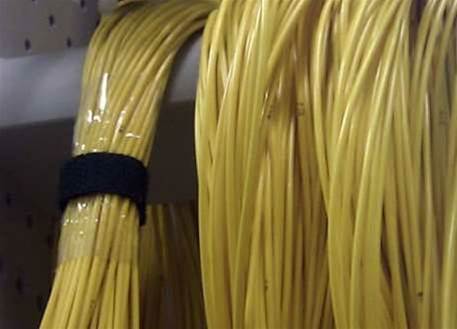Australian head offices connected by undersea and intercity fibre optic cable could one day receive much faster connectivity thanks to a breakthrough from researchers at Bell Labs.

The researchers, whose paper was published in Nature Photonics today, have devised a technique to minimise the noise distortion that affects optical data signals travelling in long fibre links, which transport internet and voice data from around the world to Australia.
To deliver 400 Gbps speed over a record distance of 12,800 kilometers, Xiang Liu and co-workers used two specially prepared ‘phase-conjugate’ light beams, which were effectively mirror images of each other.
Because any distortion occurred in the opposite manner in the two beams, combining the beams at the end of the fibre link resulted in significant cancellation of signal distortion.
The technique is a leap ahead of existing vectoring technology that cuts out the noise in bundles of copper lines.
The techniques are similar to that used in noise cancelling headphones, said Mark Gregory, senior lecturer in electrical and computer engineering at RMIT.
“This is a major step forward because they’ve been working to overcome these limitations for a long time,” Gregory said.
The researchers said the 400 Gbps delivery over long-haul is four times that previously though possible.
“For enterprises with connections to offices around the world this is big news, because improved bandwidth, reduced latency, more capacity — these are the three things Australians love to hear.”
The breakthrough also has the potential to benefit Australian enterprises who rely on services delivered from offshore data centres.
“It would deliver an order of magnitude of improvement for long-haul optical fibre transmission,” Gregory said.
“For us it’s vital because the big cost and the reason why everything is so slow is the distance.”



_(20).jpg&h=140&w=231&c=1&s=0)
.png&h=140&w=231&c=1&s=0)





 iTnews Executive Retreat - Security Leaders Edition
iTnews Executive Retreat - Security Leaders Edition











_(1).jpg&h=140&w=231&c=1&s=0)



